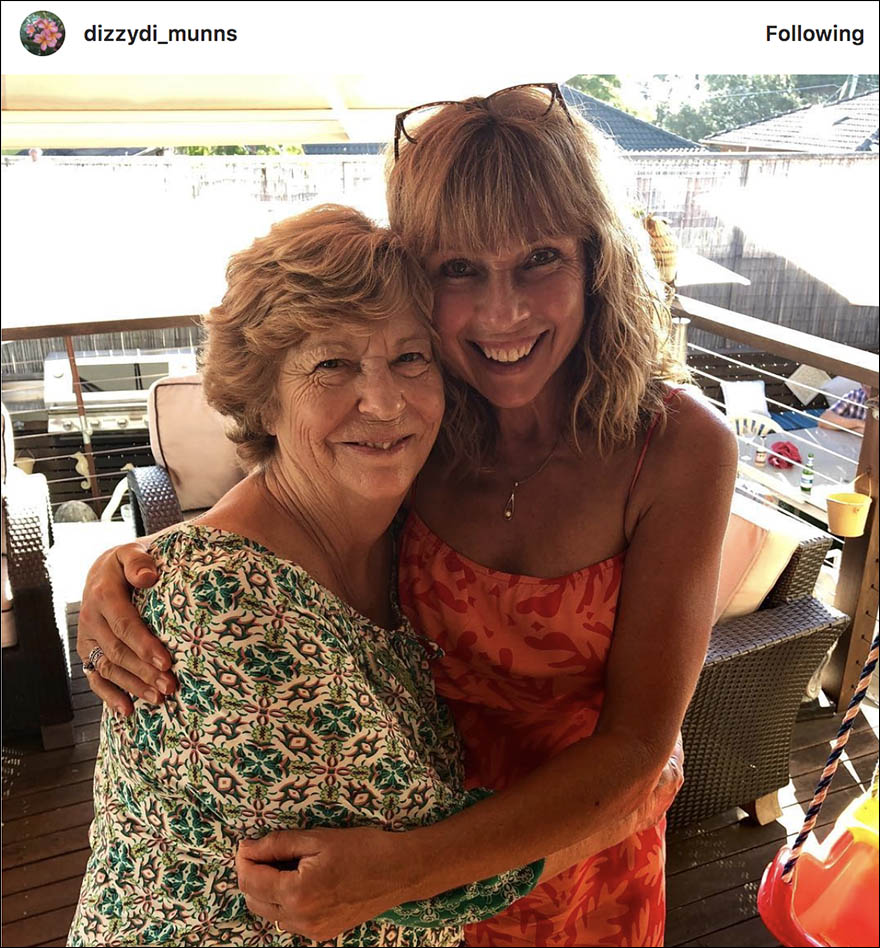
“Trying intermittent fasting but have no bloody clue what to eat on fast day that’s not air or lettuce? You’re not alone, friend.
To recap, the research-based diet [2-Day Method] works by following a ‘normal’ healthy pattern of eating for five days, followed by two ‘fasting’ days. On fasting days, your energy intake is restricted to around 500 calories for women and 600 calories for men – roughly a quarter of your regular calorie intake. You can smash out these consecutively or split them up during your week.
So while it’s easy enough to plan out your ‘5’ days (lean proteins, wholegrain carbohydrates, healthy fats and lots of fruit and veggies), there’s one question that’s not so simple to answer.
What the heck do you eat on fast days to a) not pass out and b) not growl at anyone who walks in your direction?
If you’re doing 5:2 [2-Day Method] and asking yourself the same question, don’t stress.
We asked seven dietitians and nutritionists to explain, in detail, exactly what they would eat on their ideal fast day and why so you can get some ideas for yourself.”

DR PENNY ADAMS
“Dr Penny Adams has been a practising GP in Sydney since 1985 and consults as a health and weight management expert for SuperFastDiet.com. She is a highly regarded television presenter, media personality and fasting advocate, with a passion for health.
“I eat the same food on my fast days, and I try to choose foods that are easy to buy, easy to transport to work and have minimal prep. I don’t have to think about food on fast days as I know exactly what I’m having (thinking about food tends to make me hungrier),” she said of how she makes it through fast days.
“I also always have lots of water on fast days (otherwise I can get a headache). I do fast days on work days so that I am busy and distracted. When I’m not trying to lose weight, I do a fast day every Monday – it makes up for the ‘excesses’ of the weekend and I don’t tend to feel so hungry straight after the weekend either.”
Here’s what her ideal fast day looks like:
On her way to work: Skinny cappuccino (70 calories).
“I start the day with a skinny cap on my way to work because, to be perfectly honest, I can’t survive the day without my kick start! The milk is also a great source of calcium, which is important for strong bones.”
Lunch, after 1pm: Hard-boiled egg (90 calories), small tin of tuna in spring water (100 calories), 200g punnet Perino cherry tomatoes (40 calories), two tablespoons balsamic vinegar (30 calories).
“I delay any further food intake until after 12-1pm so that I can get the added benefit of a 16-hour fasting window. These ingredients are also easy to pre-prepare and don’t need heating at work, so they make things easy. Tuna and eggs are good sources of protein, which helps to keep me feeling fuller for longer, making them a great fast day choice.”
Afternoon snack: 250g punnet strawberries (80 calories).
“These are really handy for when I feel I need a ‘sweet fix’. Strawberries are also an excellent source of Vitamin C.”
Dinner, around 6pm: 280g vegetable soup (80 calories) mixed with 100g Slendier noodles (10 calories).”

DI MUNNS
Diane Munns is an Accredited Practising Dietitian and Nutritionist with 30 years’ experience. She’s also the Director of Northern Beaches Diabetes and Weight Management, and a SuperFastDiet.com nutrition expert.
Here’s what her ideal fast day on a plate includes:
Breakfast: Long Black coffee (free of calories).
Brunch/Lunch: Tuna Nicoise Salad (235 calories).
- 70 g Tuna – from tin – oil drained – 115 calories
- 1 egg – 70 calories
- Cos lettuce – free
- 4 Black Olives – 20 calories
- 4 Grape Tomatoes – 10 calories
- 4 Snake Beans – 20 calories
Straight after lunch: mug of Miso Soup sachet – 25 calories.
Afternoon Tea: Fruit flavoured Herbal Tea (the Celestial brand is really fruity!)
Dinner: Mushroom, tomato and cheese Omelette (235 calories)
- 2 eggs – 140 calories
- Mushrooms button ½ cup (60 g) – 15 calories
- Spinach – free
- Tomato 1 small – 100 g – 20 calories
- 15 grated Cheese – 60 calories
Side salad of lettuce, cucumber and salad onion, chopped herbs and balsamic vinegar.”
DI’S BEST FAST DAY TIPS
- “Depending on the way you like to operate, or depending on what your day looks like, it may be an option to just not eat breakfast and go straight to lunch or eat your first meal as brunch, then have dinner. This is my personal preference as I’ve never loved eating breakfast.
- I recommend focusing on consuming protein and healthy fats on your fast days as this will help you feel satiated. I also find drinking a mug of Miso Soup after lunch helps me feel really full. It’s quite salty though, so limit it to one!
- Try to just go about your day, keep busy and not focus too much on what you can or can’t have to eat. It’s better to prep your fast day food the day before, and then just put it together in a matter-of-fact way when you’re ready…. Time to eat? Done and dusted! And onto the next section of your day.
- The more you try to think of what you can have and the calories that equals, the more difficult it can become… So, just do it!
- With the 5:2, it’s better to separate the two days. Monday is often a popular ‘fast day’ as people have often had a big food and/or drink weekend. Doing fast days during work days is often helpful as you will be busy focused on your work.
- People are very different but personally, I don’t exercise on a 500-calorie fast day. If anything, I would limit exercise to low impact walking. If I’m going to do High Intensity HIIT, I tend to get too wiped out if I haven’t had at least a banana before heading out.”

JAIME ROSE CHAMBERS
“Jaime Rose Chambers is an Accredited Practising Clinical Dietitian and Nutritionist, and contributor to SuperFastDiet.com. She’s an expert on healthy eating, weight management, insulin resistance, diabetes and heart disease. Oh, she also just really loves good food. You can drool over her colourful meals on Instagram, @jaimerose_nutrition.
“I find skipping breakfast and keeping busy through the morning, then having just a lunch and dinner style meal works best for me. So, I’ll have meal one around 12-1pm, often a couple of mugs of tea through the afternoon and then meal two as a dinner meal with my husband at night,” she said.
“I am not averse to carbohydrates in my normal diet but on a fast day I do try to avoid heavy carbohydrate foods because I find they make me hungrier and the fast days are much harder to manage.”
Here’s how she tackles her fast days:
Breakfast: “A coffee with a dash of milk when I wake up, then again mid-morning.”
Brunch: 2 x boiled eggs and a big container of a variety of raw vegetables such as capsicum, carrot, gherkins, fennel, snow peas, cucumber and green beans (150 calories)
“Vegetables are a fasting food hero because they’re highly nutritious and provide very few calories for a lot of volume, so you can use them to really bulk out a meal. I make sure at least half of my fast day meals are a heap of vegetables.”
Dinner: “My second meal is based on a lean protein so often we’ll have 150g prawns (130 calories) as part of a big vegetable stir fry using chilli and tamari sauce for flavour. I’ll often add Slendier noodles too, which are just 20 calories for the entire pack!”
Snack: “If I have the calorie allowance, I’ll add in a YoPro yoghurt which is just under 100 calories as a yummy little treat to look forward to.”
“These are the experiences of some women and their recommendations should not be substitutes for personalised medical advice. Please always consult your GP or dietitian/nutritionist before starting a new healthy eating plan.”
Check out the full Mamamia article here.
Join the Super Squad today! Click here to join.



SuperFastDiet says
Chicken or Turkey are some of the leanest and highest protein sources out there!
Annie says
Not too helpful for me ……. a non fish or red meat girl
Any tips?